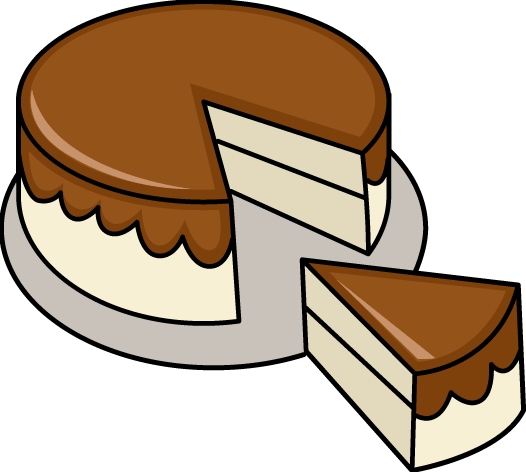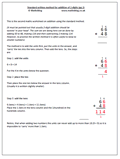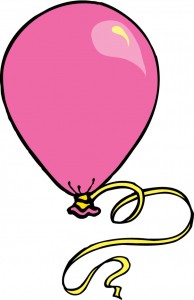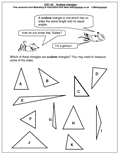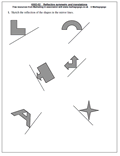 Whilst most sites have loads of number worksheets you will find few which includes maths across all areas, including symmetry. Why? because they usually take longer to write!
Whilst most sites have loads of number worksheets you will find few which includes maths across all areas, including symmetry. Why? because they usually take longer to write!
Mirror line, line of symmetry, line symmetry, symmetrical, reflect, reflection, translation, axis of symmetry, reflective symmetry are all terms that children should know by the end of the primary stage.
Also they should be able to test for symmetry using a mirror and by folding.
Children should be able to sketch the reflection of a simple shape in a mirror line where none or only some of the edges of the shape are parallel or perpendicular to the mirror line.
This might seem easy, but actually prove problematic to many children. A small mirror is a great help with this and children are supplied with one in their SAT tests if such a question comes up – and they do seem to be very popular.
Year 6 maths worksheet: reflective symmetry
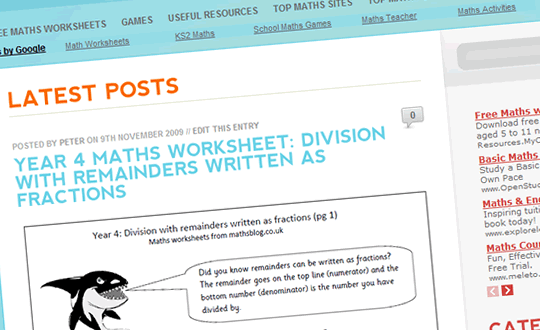 It has needed it for a while and now MathsBlog has a new look. We hope that it helps you with using the site as it was becoming rather cumbersome to use. Stay tuned for more updates as we are working on better ways for you to access the free resources.
It has needed it for a while and now MathsBlog has a new look. We hope that it helps you with using the site as it was becoming rather cumbersome to use. Stay tuned for more updates as we are working on better ways for you to access the free resources.

